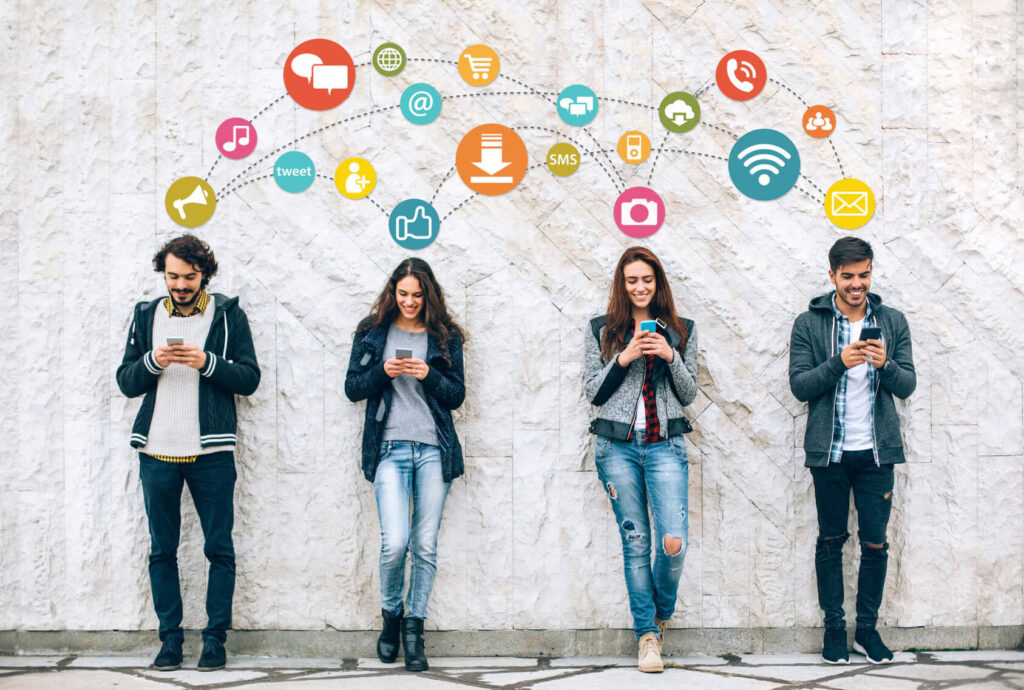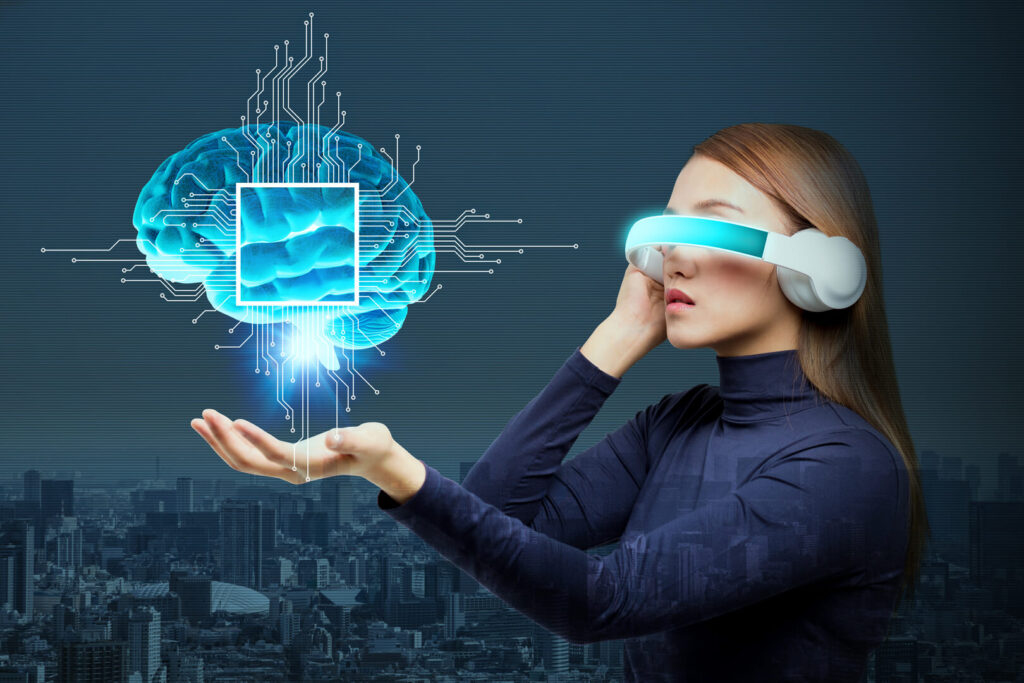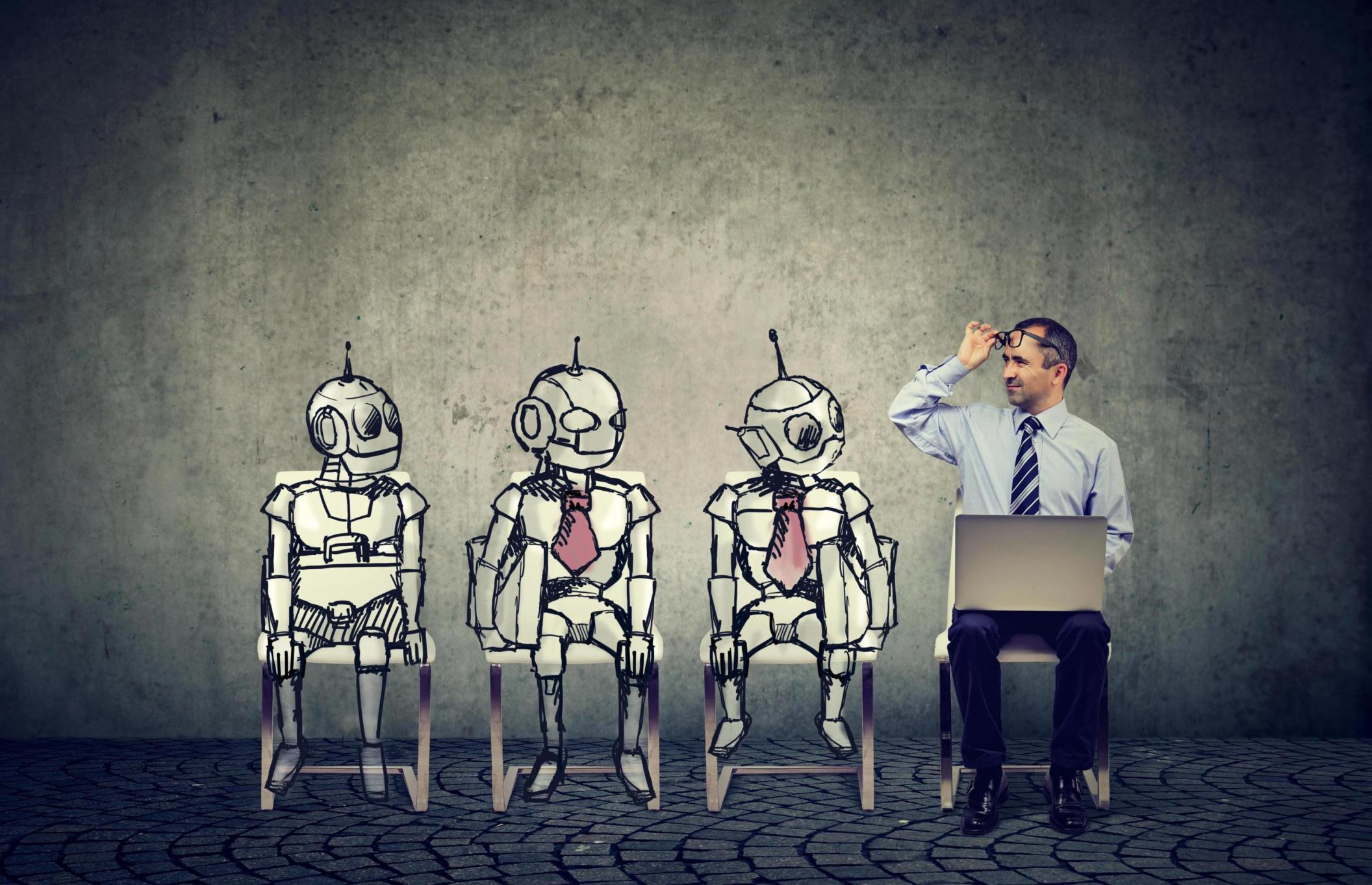In today’s fast-changing world, technology is very important in our everyday lives.
It changes how we talk and share with others. We have social media, messages, and video calls that help us stay in touch, no matter where we are. We use them to talk to friends and family, even if they live far away. This is cool, But even with all this tech, we wonder: can it take the place of being close to someone in person?
The Role of Technology in Human Interaction
Understanding Human Connection
Human connection lies at the heart of our relationships, encompassing the emotional bonds and shared experiences that bring us closer together. It is the warmth of a hug, the sincerity of a smile, and the empathy exchanged during heartfelt conversations. Human connection nourishes our souls, providing us with a sense of belonging and fulfillment in our interactions.
Diving into the Digital Landscape: Opportunities and Challenges
The digital landscape offers a myriad of opportunities for connection, ranging from social media platforms and virtual communication tools to immersive technologies like virtual reality (VR) and augmented reality (AR). These technologies have transformed the way we interact, enabling us to transcend geographical boundaries and connect with individuals across the globe. However, amidst the convenience and accessibility afforded by digital communication, there are inherent challenges that impact the quality and authenticity of human connection.
One of the primary challenges is the risk of depersonalization and disconnection that can arise from excessive reliance on digital communication. In a world where interactions are often mediated through screens and devices, losing touch with the humanity and empathy underpinning meaningful relationships is dangerous. The prevalence of superficial interactions on social media platforms, characterized by likes, comments, and shares, can sometimes overshadow the depth and richness of genuine human connection.
Furthermore, the rapid pace of technological innovation introduces new complexities and dilemmas in navigating the digital landscape. As virtual communication becomes
increasingly integrated into our daily lives, we must grapple with questions of privacy, security, and digital etiquette. Issues such as online harassment, misinformation, and algorithmic bias underscore the importance of fostering responsible digital citizenship and promoting the ethical use of technology in our interactions.
The Limitations of Technology
Although technology helps us talk more easily, it can’t replace the closeness we feel when we’re with someone in person. When we talk online or send messages, it’s harder to understand feelings because we can’t see each other’s faces or body language. This can lead to confusion and make it harder to be close to each other.
Additionally, spending too much time on our devices can sometimes distract us from the people around us. Instead of having face-to-face conversations, we might find ourselves constantly checking our phones or computers. This can make the people we care about feel unimportant or neglected. It’s important to find a balance between using technology to stay connected and spending quality time with loved ones in person. While technology is great for keeping in touch, nothing beats the warmth and understanding that come from being together in real life.
The Impact of Social Media
Social media changed how we talk and show our lives to others. It’s like a virtual place where we can chat with friends, family, and people we know. But sometimes, using social media can make us feel less close to each other. We might feel pressure to curate a perfect online persona, constantly comparing ourselves to the filtered snapshots of others’ lives. This social comparison can lead to feelings of inadequacy and loneliness, even when we’re surrounded by virtual connections. Instead of fostering deep conversations, social media interactions can often be shallow and fleeting. Real friendships thrive on shared experiences, vulnerability, and authentic connection, which can be difficult to cultivate through likes and comments.
- Explained the concept of social comparison: We compare ourselves to others’ seemingly perfect online presentations.
- Highlighted the lack of depth in social media interactions: “Likes” and comments don’t replace meaningful conversations.
- Emphasized the importance of real-life experiences: Shared activities and genuine connections build stronger friendships.

The Importance of Face-to-Face Interaction
Despite the convenience of digital communication, nothing can replace the intimacy and depth of face-to-face interaction. Meeting someone in person allows us to engage all our senses, picking up on subtle cues and non-verbal communication that contribute to the richness of our interactions. Shared experiences, laughter, and physical touch create lasting memories and strengthen the bonds between individuals in ways that technology cannot replicate.
Overcoming Barriers to Human Connection
While technology has its place in facilitating connections, it’s essential to be mindful of its limitations and actively nurture meaningful relationships. Balancing digital interactions with face-to-face communication is crucial for maintaining a sense of genuine connection and belonging. Setting aside time for quality interactions, engaging in meaningful conversations, and practising empathy and active listening can help overcome the barriers imposed by technology and foster deeper connections with others.

The Evolution of Technology and its Impact on Relationships
As technology continues to advance at a rapid pace, its influence on our relationships evolves as well. Innovations such as virtual reality and augmented reality offer new avenues for immersive experiences and interactions, blurring the lines between physical and digital worlds. While these technologies hold promise for enhancing communication and collaboration, they also pose challenges in maintaining a sense of authenticity and genuine connection.
Virtual Connections in a Digital World
Virtual communication platforms have become increasingly prevalent, especially in light of global events that have necessitated remote work and social distancing measures. While video conferencing tools enable us to stay connected with colleagues, friends, and family, they may lack the spontaneity and intimacy of face-to-face interactions. The fatigue associated with prolonged screen time and the absence of physical presence can diminish the quality of our connections, highlighting the importance of finding a balance between virtual and real-world interactions.

Addressing the Digital Divide
It’s essential to acknowledge that not everyone has equal access to technology, which can exacerbate existing inequalities in access to information and opportunities for connection. The digital divide, characterized by disparities in internet access, digital literacy, and technological infrastructure, can further isolate marginalized communities and hinder their ability to participate fully in the digital world. Bridging this gap requires concerted efforts to ensure equitable access to technology and empower individuals with the skills and resources needed to navigate the digital landscape effectively.
Leveraging Technology for Social Good
Despite its challenges, technology also presents opportunities for fostering positive social change and strengthening communities. Online support groups, crowdfunding platforms, and social networking sites dedicated to shared interests enable individuals to connect with like-minded peers and mobilize collective action. From raising awareness about social issues to facilitating grassroots activism, technology can catalyze meaningful connections and empower individuals to effect change on a global scale.

The importance of empathy online in the digital age
In today’s online world, it’s really important to understand others and care about their feelings. Sometimes, talking to people on the internet can make us forget about being kind and patient. But if we try to understand others, listen well, and behave politely online, we can make the internet a friendlier and happier place for everyone.
Finding Balance in a Hyperconnected World
In a world where technology permeates every aspect of our lives, finding balance is key to preserving our well-being and maintaining meaningful connections. Setting boundaries around technology use, prioritizing quality time with loved ones, and engaging in offline activities that nourish the soul is essential for cultivating a sense of balance and fulfilment. By embracing technology mindfully and grounding ourselves in authentic human connection, we can navigate the complexities of the digital age with grace and resilience.

The Importance of Human Connection in a Digital Age
Despite the challenges, human connection remains an essential pillar of our well-being. Here’s why prioritizing real-life interactions is crucial:
- Combating Loneliness: Social isolation is a growing epidemic in our digitally connected world. In-person interactions provide a sense of belonging and social support, which are vital for mental and emotional health.
- Building Trust and Empathy: True connection thrives on trust and empathy, qualities that are best developed through face-to-face interactions. Reading body language, deciphering emotions, and offering genuine support are all aspects of human connection that are difficult to replicate online.
- Fostering Emotional Intimacy: Emotional intimacy is the cornerstone of strong relationships. Sharing vulnerabilities, offering a listening ear, and providing a shoulder to cry on are experiences that are best nurtured through physical presence.
The human connection allows us to feel seen, heard and understood. It provides a sense of belonging, fosters emotional well-being, and motivates us to build a better future together.
The Future of Human Connection: Embracing Technology with a Human Touch
As technology continues to evolve, the landscape of human connection will undoubtedly transform. However, the core human need for connection will remain constant. Here’s how we can navigate the future:
- Prioritizing quality over quantity: Focus on building deep and meaningful connections with a smaller circle of people rather than chasing a vast network of online acquaintances.
- Using technology for good: Leverage technology to stay connected with loved ones who are far away, but don’t let it replace in-person interactions.
- Creating a digital detox strategy: Schedule regular breaks from social media to reconnect with yourself and the world around you.
By embracing technology as a tool to enhance our interactions rather than a substitute for real-life connections, we can build a future where technology complements and strengthens the irreplaceable essence of human connection.
Conclusion: Embracing the Intersection of Technology and Humanity
In short, technology and human connections mix in a complicated way. Technology changes how we talk to each other, but it can’t replace real human connections. We need to be careful with technology, understanding how it can help our relationships but also knowing its limits.
To make technology work better for us, we should be kind, help people who have less access to technology, and find a good balance between talking online and in person. By doing this, we can use technology to make our relationships stronger and create a kinder world.
Let’s welcome the mix of technology and humanity. By combining new ideas with kindness, we can create a future where technology helps us connect better, making our lives happier and bringing us closer together.

